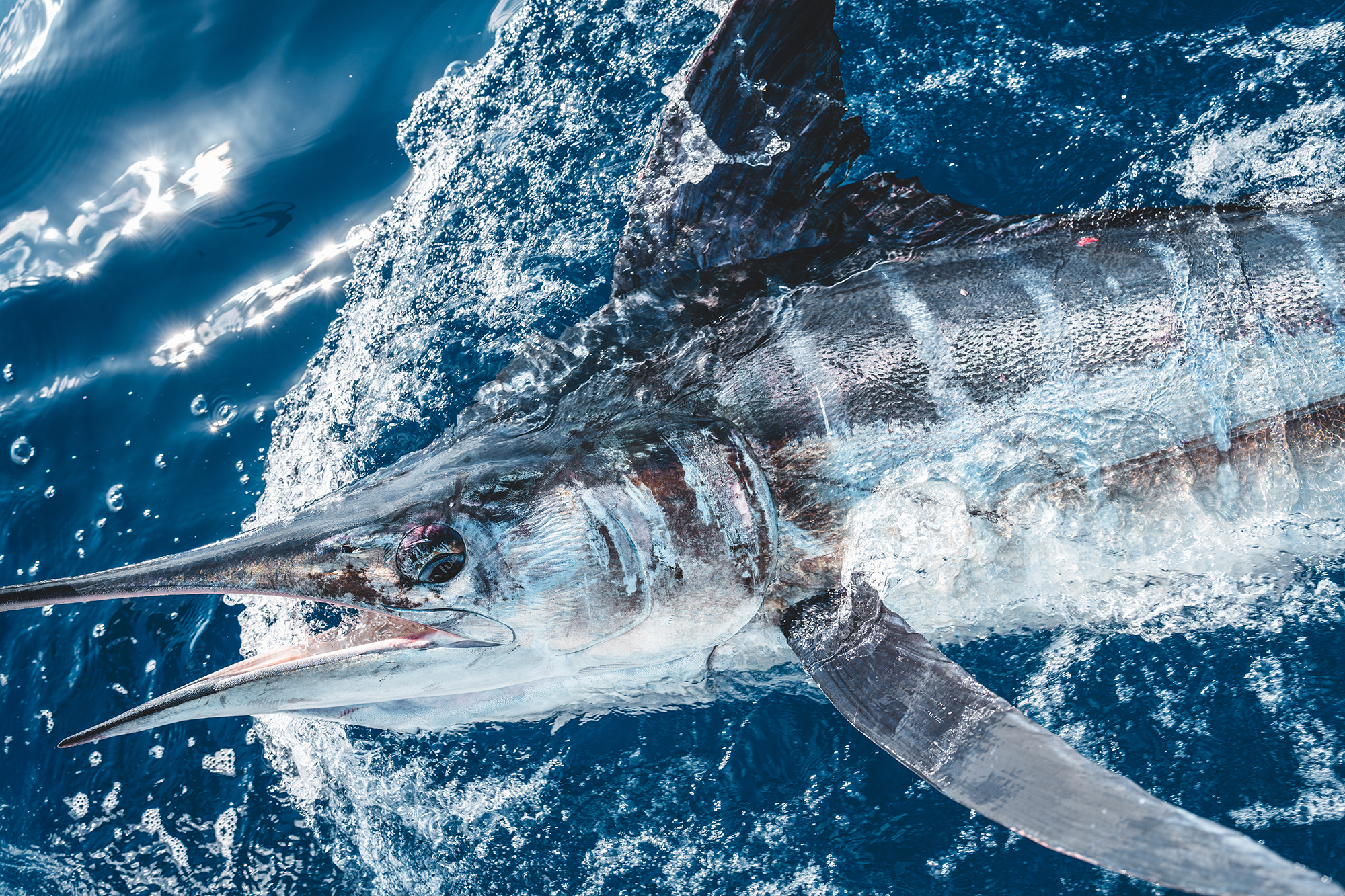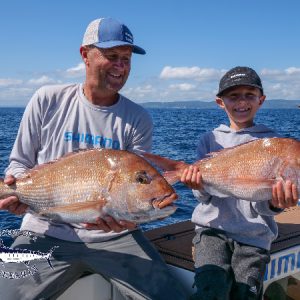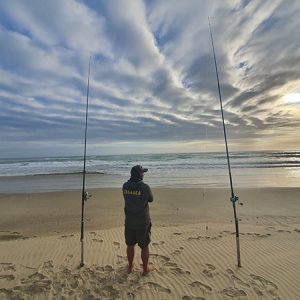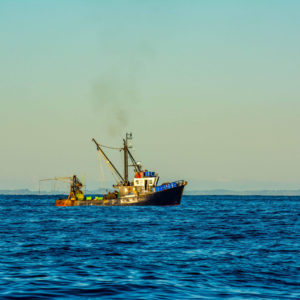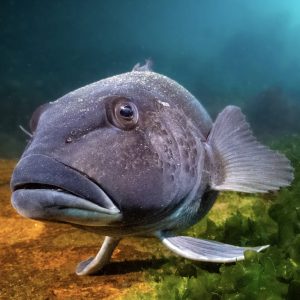Around 100,000 tourists to New Zealand fish in the sea according to a 2016 study. While the Covid pandemic may have changed some behaviours, the $177 million in annual economic activity that those visitors generated is a good reason why we would want to attract international fishers back to our shores.
Quality fishing experiences are a drawcard for both international and domestic tourists, so it makes sense to look after our prime fish species so they are available and abundant when these visitors arrive, often spending money in coastal towns. And we need fish abundance to provide for the social, economic and cultural wellbeing of all New Zealanders.
Kiwis love their fishing. Many people catch the fishing bug when they are kids following adults down the beach on a cold morning. Others learn to fish later, with family or friends. However it happens, fishing is a way of life. It comes with an added bonus at the end of the day, the ability to share food, caught by your own hands, and gift it to others. Honouring both the recipient and your own family in the process.
In the waters surrounding New Zealand there are several hundred finfish species that are of commercial or recreational interest. Of these, 98 species are in the Quota Management System (QMS). Section 20E of the commercial fishing regulations prohibits the harvest of vulnerable species from northern waters. There are 19 reef species on that list. Despite the obvious need, the repeated calls from local Coromandel iwi and recreational fisher organisations to include pink maomao on that list have been ignored.
What cannot be ignored is the most recent moves to allow commercial fishers to take marlin if they are dead when brought to the boat, and if there is an onboard camera. Currently, marlin are a recreational-only species, and have been since 1991.
The recreational-only status for marlin was negotiated with commercial fishers and the government at the end of the Billfish Moratorium which enabled the commercial take of broadbill swordfish as a bycatch species.
Since then, the bycatch provisions have been blatantly ignored. There’s been a change to using light sticks on tuna longline baits to increase broadbill “bycatch” rates. Broadbill is now a QMS species with regular commercial catches from northern waters.
It’s easy to envisage a similar outcome for marlin. Will commercial longlining practices change to ensure more marlin are caught with an increase in the number that arrive at the boat dead?
In 2013 a proposal to include striped marlin in the Quota Management System, putting them on the same slippery slope of “bycatch” was rejected by recreational fishers and the then Minister, Nathan Guy.
So, the concerns about regulatory change to legitimise the commercial harvest of marlin are well founded.
From a tourism, economic, and fishery perspective, the last thing we need is the tuna longliners establishing a peak summer marlin fishery in northern waters.
Fortunately for recreational interests, the New Zealand Sport Fishing Council (NZSFC), the New Zealand Angling & Casting Association and New Zealand Underwater Association regularly collaborate on fisheries matters.
While marlin may be a gamefish species and of more interest to the NZSFC, the wider issue of advocating for abundance and improved biodiversity is a collective interest.
As New Zealand continues its tortured journey through the cost of living crisis, ensuring abundance in coastal waters may just be the ticket to generating more economic activity without having to resort to selling off one of our last non-commercial species.
